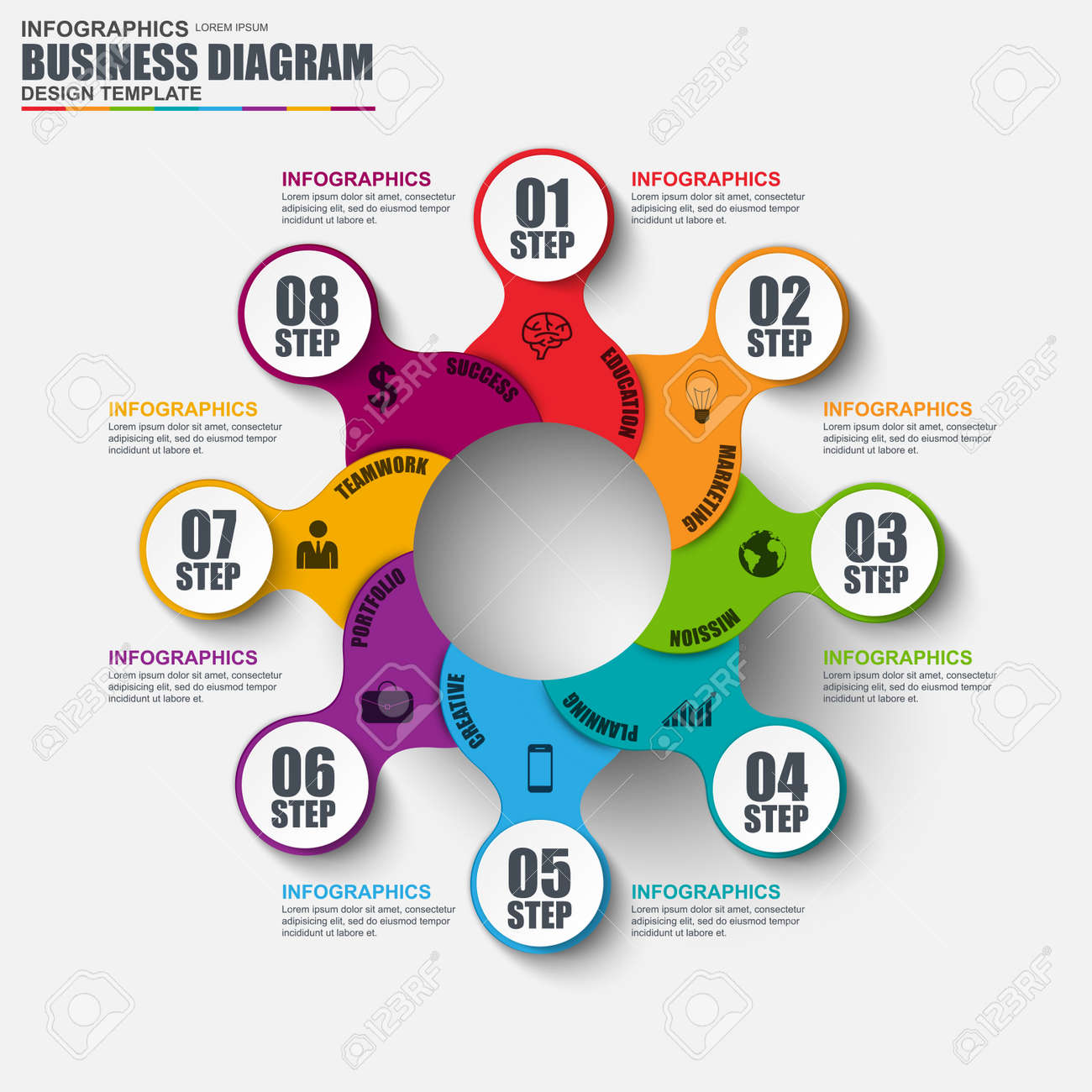Taking Advantage Of The Power Of Visual Power Structure In Website Style
Taking Advantage Of The Power Of Visual Power Structure In Website Style
Blog Article
Produced By-Astrup Schwartz
Imagine a web site where every aspect contends for your interest, leaving you really feeling overwhelmed and not sure of where to concentrate.
Currently picture a website where each element is very carefully prepared, directing your eyes easily via the page, giving a seamless user experience.
The difference depends on the power of aesthetic power structure in website layout. By purposefully organizing and prioritizing components on a page, designers can produce a clear and user-friendly course for individuals to adhere to, eventually enhancing engagement and driving conversions.
Yet exactly how specifically can you harness this power? Join us as we explore the principles and techniques behind reliable visual pecking order, and uncover how you can elevate your site style to new heights.
Recognizing Visual Pecking Order in Website Design
To effectively communicate details and overview customers through a website, it's crucial to comprehend the concept of aesthetic power structure in web design.
Visual power structure describes the setup and company of components on a website to emphasize their importance and produce a clear and user-friendly individual experience. By developing a clear visual power structure, you can route customers' focus to the most essential info or actions on the page, enhancing use and engagement.
This can be attained with numerous layout methods, including the critical use dimension, color, contrast, and positioning of components. As an example, larger and bolder components normally attract even more interest, while contrasting shades can produce aesthetic comparison and draw emphasis.
Concepts for Efficient Visual Pecking Order
Recognizing the concepts for effective visual hierarchy is crucial in developing an easy to use and engaging internet site style. By complying with these principles, you can make certain that your website properly communicates info to users and guides their interest to one of the most vital elements.
One principle is to utilize size and range to develop a clear aesthetic power structure. By making vital elements larger and more famous, you can accentuate them and guide customers through the content.
An additional principle is to make use of contrast effectively. By utilizing contrasting colors, font styles, and forms, you can produce aesthetic distinction and highlight vital info.
In addition, the principle of distance recommends that related aspects ought to be grouped with each other to aesthetically attach them and make the site much more organized and simple to navigate.
Implementing Visual Pecking Order in Website Layout
To execute visual hierarchy in site design, focus on crucial components by changing their size, color, and setting on the page.
By making crucial elements larger and a lot more popular, they'll normally draw the individual's interest.
Usage contrasting shades to create visual comparison and emphasize essential info. For instance, you can use a vibrant or vivid color for headings or call-to-action switches.
In addition, consider the position of each component on the web page. Place essential aspects on top or in the center, as users have a tendency to focus on these areas initially.
Final thought
So, there you have it. https://www.thedrum.com/opinion/2022/07/05/top-tips-optimize-customer-acquisition-with-gamification is like the conductor of a harmony, assisting your eyes via the website style with finesse and panache.
It's the secret sauce that makes a website pop and sizzle. Without https://affiliate-website-marketi17394.dailyblogzz.com/30783246/top-5-digital-advertising-trends-to-view-in-current-year , your style is just a jumbled mess of arbitrary elements.
However with aesthetic power structure, you can create a work of art that orders attention, connects efficiently, and leaves a lasting impression.
So go forth, my friend, and harness the power of aesthetic hierarchy in your website layout. Your audience will thank you.
